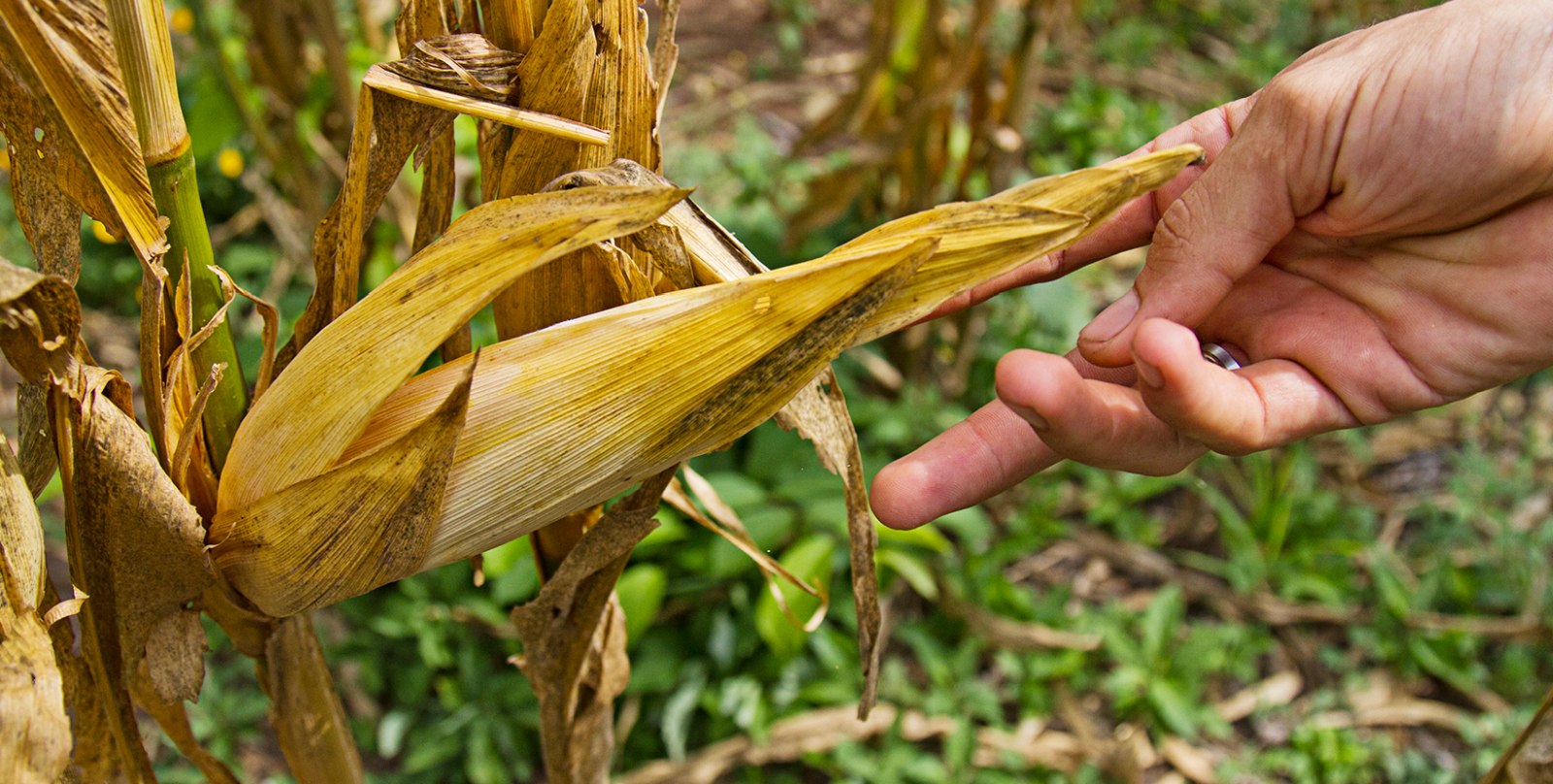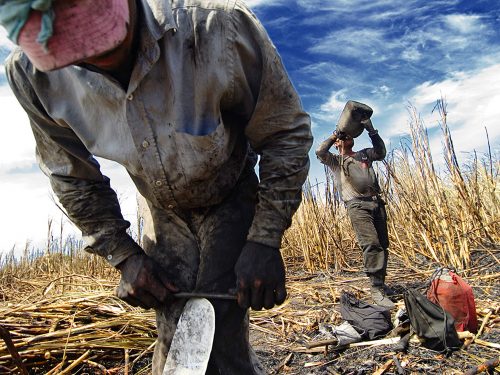
The effects of the El Niño weather phenomenon are having dire consequences for ranching and agriculture in Guanacaste.
Faced with a shortage of rain in the area, some farmers and cattle ranchers have had to use water from the Tempisque River as a temporary solution for the problem. In addition, producers are using water from private wells that are registered for human use. According to Jose Miguel Zeledon, director of water resources for the Ministry of Environment and Energy (MINAE – Ministerio de Ambiente y Energia), the farmers are doing so with his institution’s endorsement.
The National Meteorological Service (SMN – Servicio Meteorologico Nacional) reported that the “El Niño” phenomenon is producing a decrease in the volume of rain.
According to Bernard Stool, a SMN official, the first half of 2014 already shows a 40% deficit of rain relative to the typical amount of precipitation received during the rainy season. It is projected that the deficit could reach 60% during the second half of the year.
“Guanacaste has been the region most affected by the El Niño phenomenon due to the abnormal warming of the ocean, where temperatures have increased up to three degrees, and the push of trade winds. This has caused a considerable decrease in rain,” said Stool.
Stool reported that the drought could become more severe and that the effects of El Niño could last until May of 2015.
It is worth noting that livestock and agriculture activities are the biggest water consumers in the province. According to SENARA (National Service of Groundwater, Irrigation and Drainage), there are 1,346 wells registered for this type of use that can produce up to 595 million liters per day under normal weather conditions.
Numerous Losses
According to the Chamber of Agricultural Industries, in the first half of the current year, more than ₡10 billion ($18.6 million) in losses have been recorded in livestock and agricultural production .
According to Juan Pablo Muñoz, an official for the technical department of the Ministry of Agriculture and Livestock (MAG – Ministerio de Agricultura y Ganaderia) for the Chorotega region, there has been a reduction of up to 60% in livestock production.
“In agriculture and, above all, the corn planting that happened in May, the loss is almost total for farmers who do not have irrigation systems. There is a 60% decrease in milk and beef production due to the lowered forage production, which means significant losses for the livestock sector,” said Muñoz.
Muñoz also indicated that beef and milk prices have not yet been affected, but inevitably the products’ prices will increase in the next few months.
For now, rice producers are faced with uncertainty regarding future rains, since the crop’s planting happens in the month of August. The majority of producers have already prepared land for planting. According to the Chamber of Agricultural Industries of Guanacaste, some 1,300 hectares (3210 acres) of rice already planted are at risk of being totally lost and there are some 2,700 more hectares (6670 acres) that have not been planted as farmers wait for better rains.
According to data compiled by MAG and the Chamber of Cattle Ranchers, agriculture represents 60% of Guanacaste’s economic activities and the province’s cattle represent 50% of the country’s beef and milk production.
MAG’s Plans to Alleviate the Crisis
According to Muñoz, at the beginning of July, MAG and the Agricultural Center of the Canton of Nicoya drew up a strategy in distinct phases.
Short term: “We have developed training workshops for both ranchers and farmers with the goal of forecasting the impact of climate change on livestock and agricultural production.”
Medium term: “We will implement the use of technology; we will help producers to utilize water usage techniques for irrigation systems and production techniques that allow them to produce in the shortest time possible, to save resources.”
Long term: “Create storage and water reserve infrastructure to prevent future droughts.”
In response to the rain deficit projected for the next six months, on July 21 the National Emergency Commission declared a yellow alert for Guanacaste.
On July 25, President Luis Guillermo Solis and the executive president of AyA signed an initiative to confront the drought, called “Directive for the Ordering of Prevention Work to Attend to the Drought Situation in the North Pacific and Central Pacific regions.”







Comments